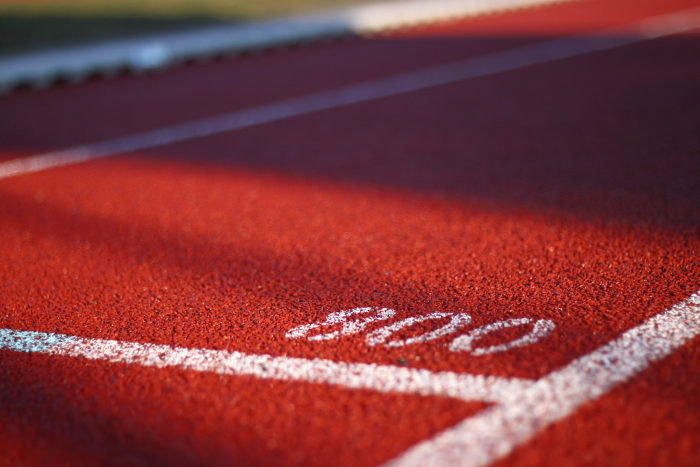Posted: September 22, 2016
The much anticipated Rio de Janeiro 2016 Paralympic Games, featuring athletes from more than 170 nations, began September 7th and came to a close September 18th. That’s twelve days jam-packed with exciting competition that showcased the culmination of tireless training by countrymen and countrywomen from around the world. Of course, all Olympians are top athletes competing on the world stage, but unlike the standard Olympian, Paralympians transcend ordinary competition in a unique way because they all have some kind of disability. Though some may initially feel that “disability” and “sport” are incompatible, try telling that to one of the many fascinating Paralympians. These 2016 games, like the many others before and the many others that will follow, focus not on disability, but rather celebrate the power of ability, and Paralympian performances can attest to this power of ability like nothing else.
The name “Paralympic” is a combination of the words “para” (Greek for “alongside”) and “Olympic”, conveying that the Paralympics are the parallel games to the Olympics, each movement side-by-side in the spirit of competition. To compete in the Paralympics, a competitor must first and foremost excel in some sport or competition. How many and what variety of sports do the Paralympics host? At twenty-three in number, too many to mention here, but available sports range from archery to cycling, and from equestrian to wheelchair tennis. The Paralympian must have an eligible impairment that also meets sport-specific minimum disability criteria. This means that depending on the sport in question, a competitor must demonstrate his or her disability is sufficient for Paralympic eligibility. Since each sport recruits its own niche areas of the body in order for it to be played, disability status is determined accordingly.
Once eligibility is demonstrated, the competitor is placed into a sport class that best describes the athlete’s activity limitation. Here, sport classes group together similarly disabled competitors, to much the same effect as classifying age, gender, or weight in the standard Olympics. Sport classes are useful because, by grouping athletes together according to the degree of their disability, they eliminate tendencies of ‘the least disabled athlete wins’ and instead create an environment in which skill, training, and effort determine winners. But let’s be clear – anyone who competes at the Olympic level, especially an athlete with a disability challenge to overcome, is a winner in our books!
For both spectators and competitors, competition is exciting. That’s why we love to tune in and watch athletes vie for the gold. But beyond the cheers, on a deeper level, competition offers a profound source of meaning and purpose for those who compete. While challenges are sure to be rife, so are the learning experiences that result; like learning how to train and how it feels to fall in love with a sport. Being an athlete is much more than mere competition, it is part of a larger identity marked with dedication, activity, and striving. Sometimes, embracing this kind of identity can appear impossible to those with disabilities like Cerebral Palsy due to various hardships. But thankfully, events like the Paralympics give real-life inspiration to those with disabilities who may need it most, and they raise disability awareness in a truly cool and empowering way – through the platform of sport.
So how’d the 289 athletes of Team USA fare in this year’s Paralympic Games? They won a total of 115 medals, and came in fourth place in the overall medal count, proving Team USA to be a formidable force, both on the world stage and at the local level as countless aspiring athletes with disabilities look to its members as role models.
Did you happen to miss the action? Go here, to the official Paralympic YouTube channel, for highlights and more!






